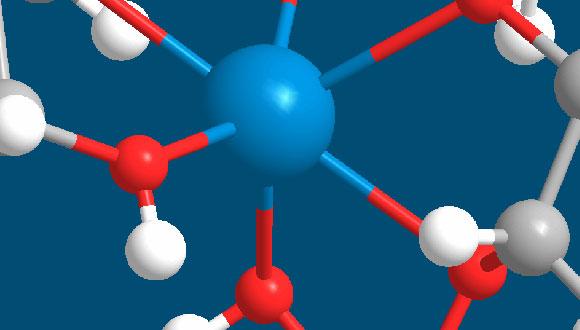Organic Chemistry Seminar: Adventures of bambusuril chemistry
Prof. Vladimír Šindelář, Masaryk University/Amnon
Abstract:
Bambus[n]urils (BU[n]) are macrocyclic molecules discovered by our group and first published in 2010.1,2 They consist of n glycoluril units connected by n methylene bridges. Only four- (n = 4) and six- (n = 6) membered homologues of BU[n] have been isolated so far. Most attention is paid to BU[6] (Figure 1) as this macrocycle is one of the most potent anion receptors for many inorganic anions in water and organic solvents. In this lecture, some important aspects of bambusuril chemistry will be highlighted. The synthesis of BU[6]s will be discussed with emphasis on a template effect, the installation of various substituents on the bambusuril framework, and removal of a templating anion from the BU[6] cavity. Driving forces responsible for the outstanding ability of BU[6] to bind anions in water will be explained and some recent examples of BU[6] applications including anion sensing and anion transport will be given. Finally, approaches leading to chiral bambusurils will be discussed and the first examples of such macrocycles will be presented as well as their use in enantiomer recognition.
References:
[1] J. Svec, M. Necas and V. Sindelar, Angew. Chem. Int. Ed., 2010, 49, 2378.
[2] T. Lizal and V. Sindelar, Isr. J. Chem. 2018, 58, 326.
Seminar Organizer: Dr. Roman Dobrovetsky


